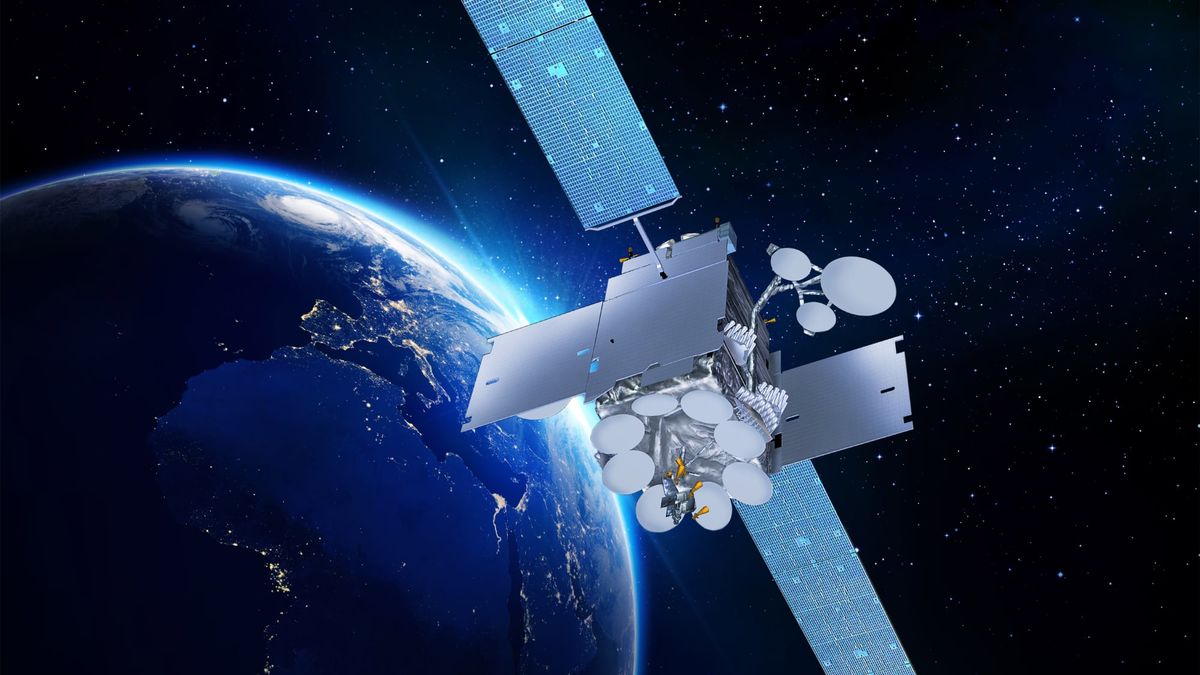New Inmarsat network adds 5G and over 150 new satellites
The low-Earth orbit satellite race gains momentum as Inmarsat challenges Elon Musk and OneWeb.

Inmarsat, the U.K.’s biggest satellite company, plans to launch a constellation of low-earth orbit spacecraft and set up 5G wireless networks, joining a new space race against the likes of Elon Musk.
The project, called Orchestra, will create a hybrid network of the company’s existing geostationary satellite technology, land-based 5G networks and low-earth orbit satellites, Inmarsat Chief Executive Officer Rajeev Suri said in an interview.
The system will provide next-generation 5G service in high-demand areas like ports, and add speed and capacity at digital choke points as data use soars.
As well as faster services, the 5G and low-earth orbit, or LEO, satellites could enable new applications such as unmanned sea and land vehicles, Suri said.
He expects the first five-year phase of the plan to cost about $100 million. Inmarsat will invest in terrestrial 5G equipment, new terminals and spectrum first, while the 150 to 175 satellites in the new LEO network aren’t likely to come until after 2026.
“It brings multiple network elements together into harmony, into a single unified network,” said Suri, who took over Inmarsat in March after previously leading Finnish telecommunications giant Nokia. “No other company has anything like it.”
Suri is taking a more conservative approach to the buildout than some of his rivals, and Inmarsat will continue to operate and launch geostationary satellites while it builds out the LEO fleet.
Musk’s Space Exploration Technologies plans to send up thousands of Starlink satellites, an endeavor which could cost as much as US$30 billion.
OneWeb, rescued from bankruptcy last year by the U.K. government and Indian carrier Bharti Global, is launching an initial wave of 648 satellites at a cost of US$2.4 billion. Amazon has dedicated US$10 billion to its Project Kuiper satellite sideline.
But unlike Musk and Amazon, which are targeting global internet access for consumers, Inmarsat will continue to focus on maritime companies, airlines and governments. OneWeb is also targeting industrial clients.
Suri is focused on returning private equity owned Inmarsat to revenue growth after Covid-19 hammered its previously fast-growing in-flight aviation business in 2020.
He’s recruited new executives and expects full-year sales to beat last year’s. These moves could help position the company to participate in dealmaking as the industry consolidates, he said.
“Inmarsat is in the sweet spot,” Suri said. The company “is likely to have many interested dance partners.”
This article is published under license from Bloomberg Media: the original article can be viewed here
